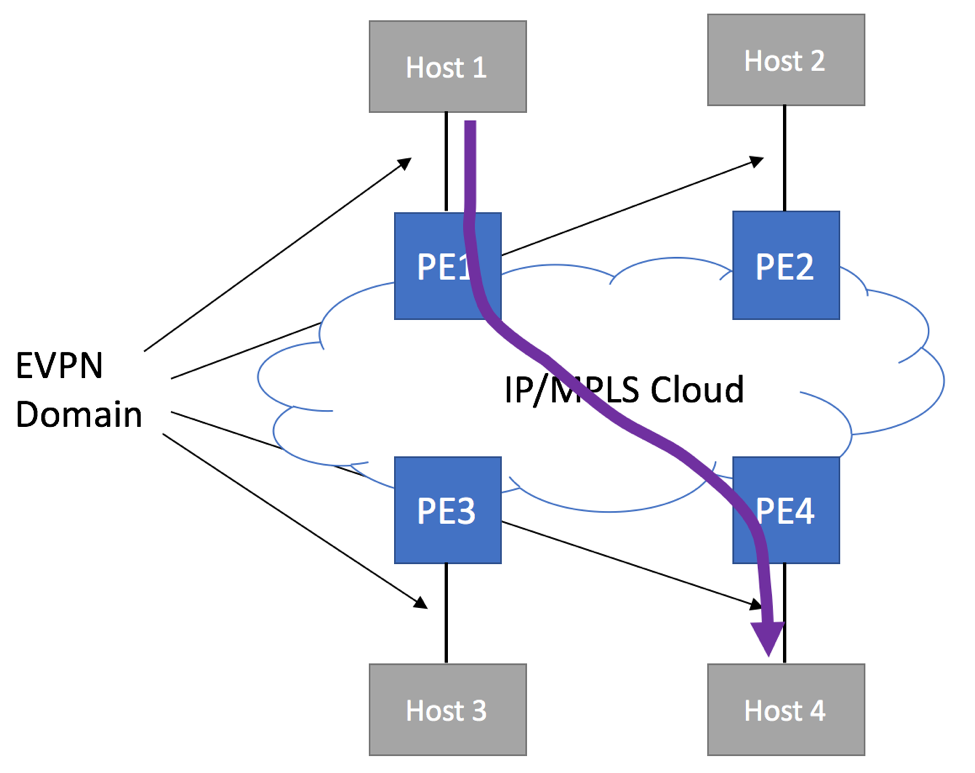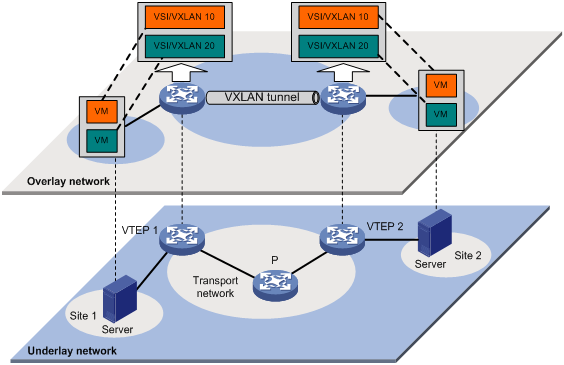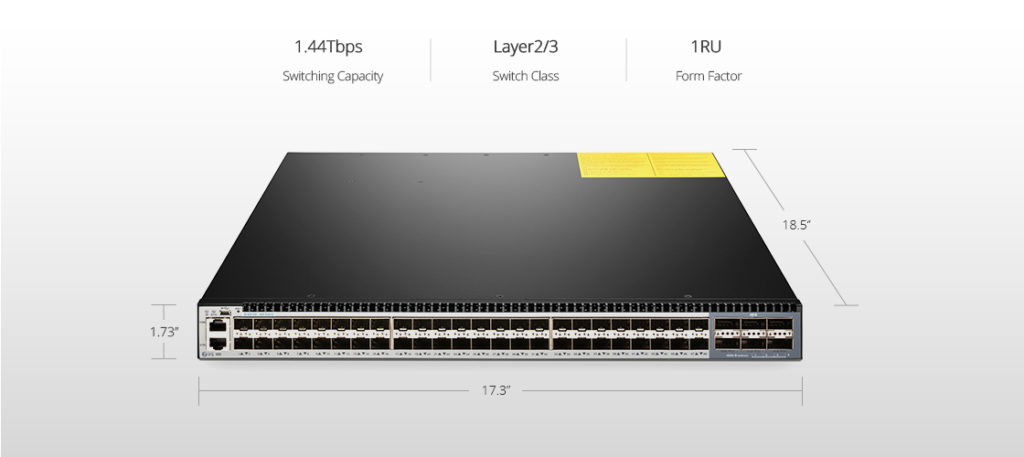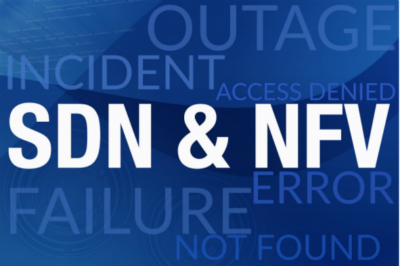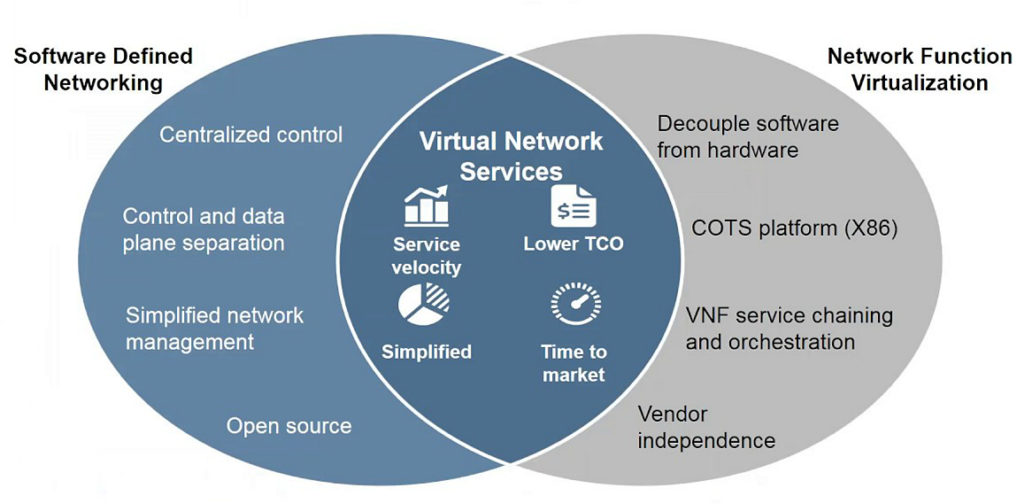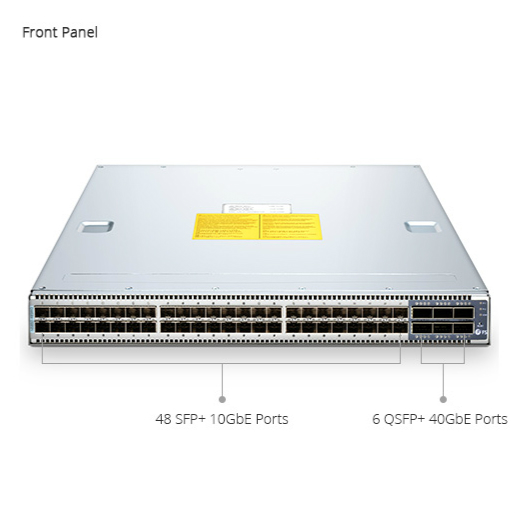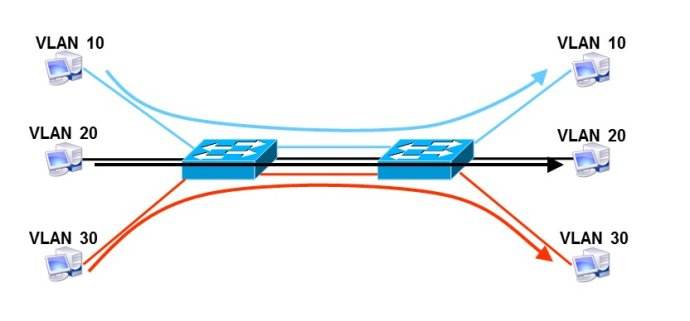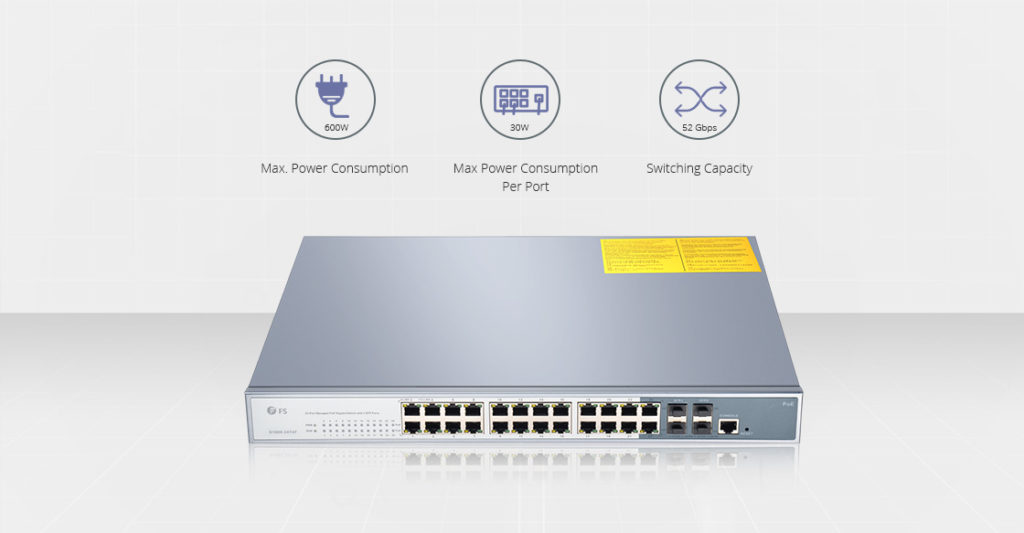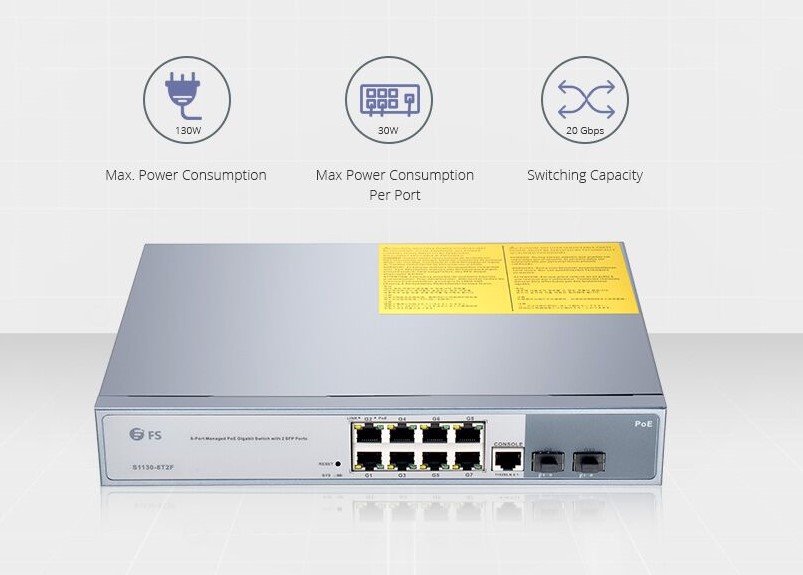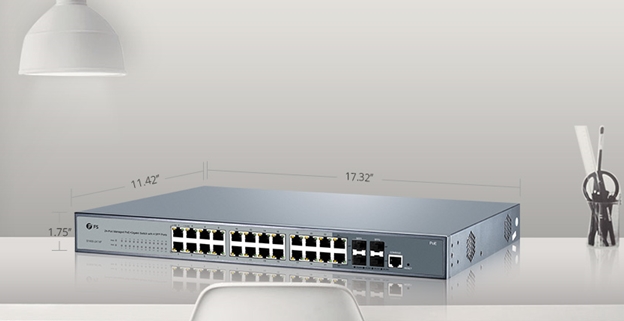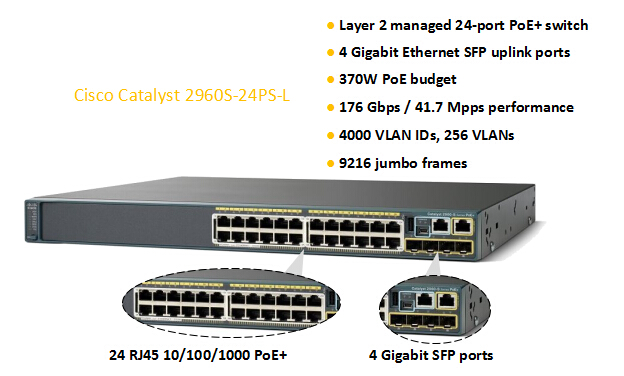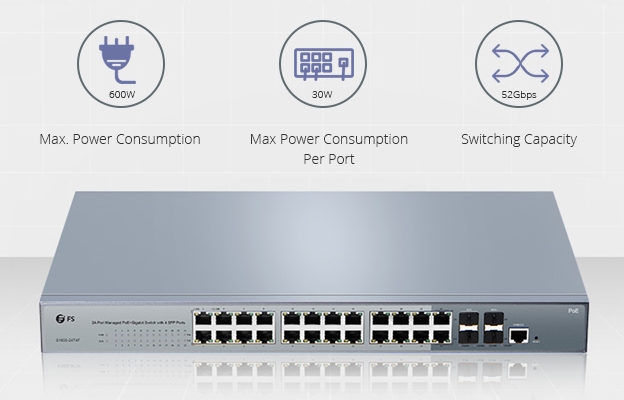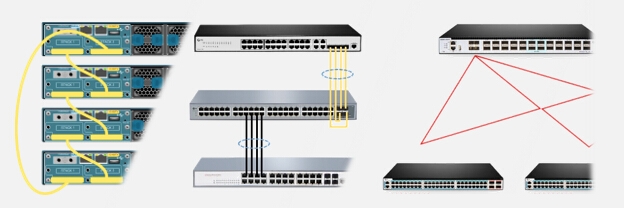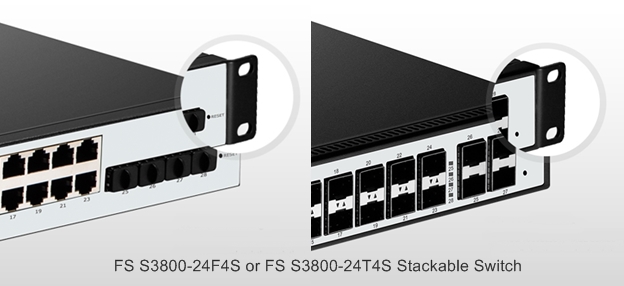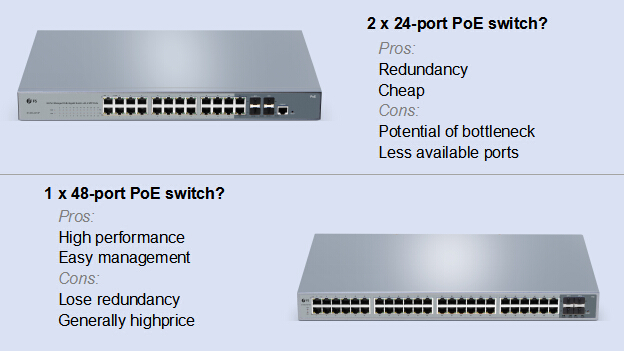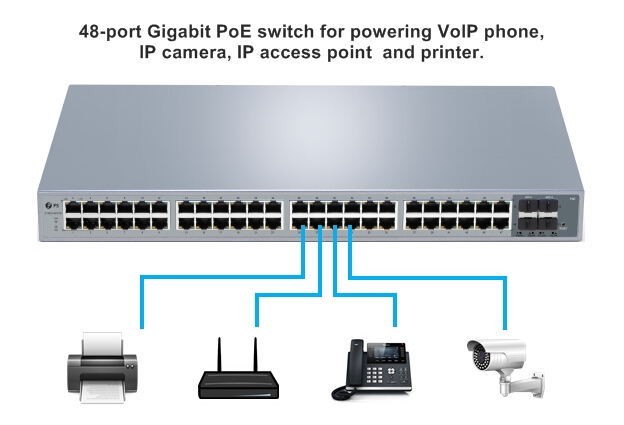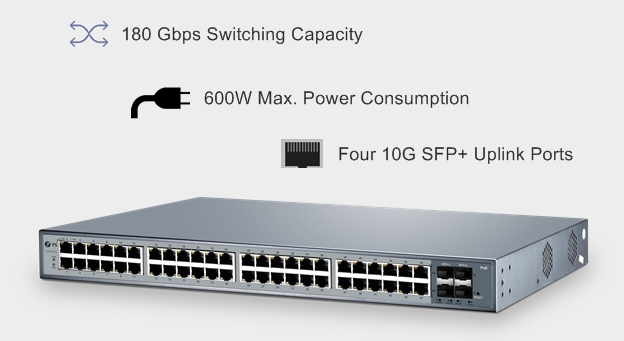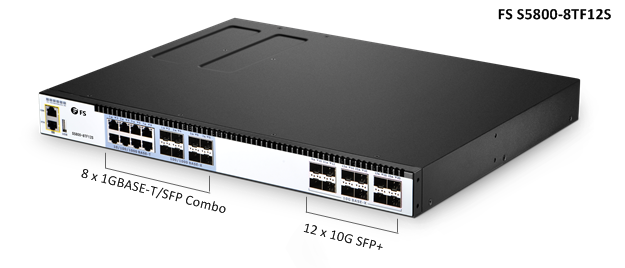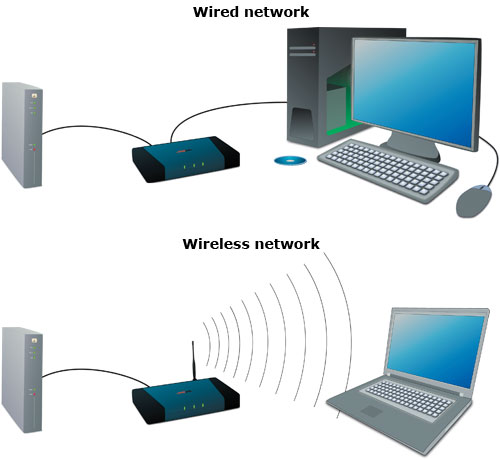EVPN vs VXLAN is one of the most popular network technology. They were developed because enterprises need to deliver data and share resources at different geographical locations. Therefore, the efficient, reliable and high speed interconnection is required for the different sites. EVPN vs VXLAN are born as the new upcoming technology to meet today’s network demands.
Introduction of EVPN vs VXLAN
What Is EVPN
EVPN or Ethernet VPN, is regarded as a next generation all-in-one VPN technology. It offers Ethernet multipoint services over MPLS (multiple protocol label switching) or IP networks. Using EVPN service and with the help of MPLS core network, users can connect the offices located in different areas via the lay 2 network for sending messages. This is similar to the work that extends LAN to WAN. Also, it greatly reduces the difficulty of network deployment and maintenance. In addition, EVPN supports MPLS, VXLAN, and other data plane encapsulations.
Figure 1: Example of EVPN
What Is VXLAN
VXLAN is short for Virtual Extensible LAN. As the name implies, we know this technology is designed to provide the same transmission service for Ethernet connection that VLAN do today, but in a more extensible way. Technologically, VXLAN is a MAC in IP/UDP encapsulation technique with a 24 bit segment identifier in the form of a VXLAN ID, which is larger than the LAN with 12 bit segment ID. Also, it supplies a way to span Layer 3 network by VXLAN tunnel that is established between VETP (VXLAN Tunnel End Point). Thus it has a higher scalability to address more Layer segments.
Figure 2: Example of VXLAN
Route VXLAN with EVPN
EVPN vs VXLAN are both virtual technology. VXLAN explained that EVPN could be the control plane of VXLAN, which uses the BGP (Border Gateway Protocol) to provide high scale, multi-tenant separation and fast convergence for host and VM mobility. So EVPN helps us to deploy VXLAN tunnels without controllers. Routing VXLAN is available in two architectures—centralized or distributed. Compare these two approaches, it’s clear that the distributed architecture will simplify the traffic flow. And here is the place for routing VXLAN with EVPN according to VXLAN tutorial.
For the distributed architecture, asymmetric IRB (integrated routing and bridging) and symmetric IRB are the two models to achieve inter-subnet routing with EVPN. Both of them are valuable, so choose the suitable model for your legacy network system.
FS.COM Solution for EVPN vs VXLAN
FS.COM S5850 series switches are designed for hardware based VXLAN function. The following is a 10gb Ethernet switch from FS.COM.
This S5850-48S6Q is a Layer 3 switch. This fibre switch has an advanced architectural design with 48 port 10G SFP+ and 6 port 40G QSFP+ in a compact 1U form factor. It can provide extensive data centre service features and switching capacity of 1.44Tbps. Besides, the wind direction of the switch is front-to-back, or you can change it to back-to-front. With support for advanced features, including MLAG, VXLAN, IPv4/IPv6, SFLOW and so on, this switch can help enterprises to build a scalable data centre network platform in the cloud computing era.
Figure 3: S5850-48S6Q Switch
Conclusion
From the above, we have a better understanding of EVPN vs VXLAN. FS.COM, as an excellent provider of enterprises solutions, offers different kinds of switch such as PoE network switch, SDN switch to satisfy customers’ various network demand.

